Your family home is more than just a structure; it represents a sanctuary of love, growth, and countless cherished memories. It's where you can unwind and be your true self, surrounded by the warmth of your loved ones. However, the safety and security of your family home are pivotal not just for your physical protection but also for fostering your emotional and mental health.
The Emotional Impact of a Safe Family Home
A family home is the foundation where children learn, play, and experience the many facets of life. It's a witness to countless firsts, celebrations, and the shared emotions of a family. A safe home environment provides a bedrock of security and stability, essential for the emotional growth of both children and adults.
Providing Stability for Children
A safe family home offers children the crucial stability they need as they grow. This consistency helps them feel secure enough to form strong emotional attachments and develop a healthy sense of self. In a stable home, children are more likely to engage in creative play, which is important for their cognitive and social development. Additionally, the predictability of a safe environment allows children to develop routines, further enhancing their sense of security.
Fostering Trust and Reliability
In a home that prioritizes safety, trust flourishes. Children learn to rely on their parents and guardians to protect them and meet their needs. This trust extends beyond the physical environment; it becomes part of the emotional fabric binding a family together. When children feel they are in a safe place, they are more open to communicate their fears and hopes, which strengthens family bonds.
The Consequences of an Unsafe Home
Conversely, a home fraught with dangers can severely impact a child's emotional well-being. Living in an environment where accidents or injuries are common can instill a sense of constant fear and anxiety in children, disrupting their ability to concentrate, learn, and engage with others. Moreover, it can erode the fundamental trust they have in their caregivers, leading to long-term issues with attachment and independence.
Preventing Accidents and Injuries
One of the most tangible advantages of a safe family home is the reduction of accidents and injuries. Children, in particular, are vulnerable to the hazards present in an unsupervised or poorly maintained environment. By taking proactive safety measures, you can significantly lower the risk of common domestic accidents.
Mitigating Common Household Risks
Securing your home against potential risks can prevent a variety of common injuries. This includes securing furniture to prevent tipping, using non-slip mats in bathrooms and kitchens, and installing proper lighting to avoid trips and falls. Additionally, creating clear walking paths free of clutter can greatly reduce the likelihood of accidents.
Safeguarding Against Poisons and Toxins
Many household items can pose a poisoning risk, especially to curious children. It's critical to store cleaning products, medications, and other hazardous substances in locked cabinets or on high shelves. Installing safety latches on cabinets and ensuring that dangerous items are properly labeled can also help prevent accidental ingestions.
Fire Safety and Prevention
Fires are a devastating hazard that can be mitigated with the right precautions. Installing and maintaining smoke alarms, having an accessible fire extinguisher, and creating a family escape plan are all vital steps in fire safety. It's also important to regularly check and safely store any flammable materials, and never leave open flames, like candles or stoves, unattended.
Promoting Good Health and Well-being
A safe family home is instrumental in promoting overall health and well-being. An environment free from health hazards like mold, dust, and pests is essential in preventing illnesses and allergies. Additionally, a safe home environment encourages the development of healthy habits that can protect the entire family from a variety of illnesses.
Encouraging Healthy Habits
By maintaining cleanliness and practicing good hygiene, families can create an environment that is less conducive to the spread of diseases. Regular cleaning routines, hand washing, and proper food handling are all practices that contribute to a healthier home. These habits are especially important in preventing the spread of common viruses and bacteria.
Reducing Stress and Anxiety
The state of your living environment can have a significant impact on your mental health. A cluttered, chaotic, or unsafe home can contribute to increased stress and anxiety levels. In contrast, a clean, organized, and safe space can promote a sense of calm and well-being, which is beneficial for everyone in the home, especially those who may be more sensitive to their surroundings, such as children and the elderly.
Creating a Comfortable Living Space
Comfort is an often overlooked aspect of a safe home. Temperature control, adequate lighting, and comfortable furnishings not only make a home more enjoyable but also prevent health issues such as heatstroke or eye strain. Ensuring that the home environment is physically comfortable can contribute significantly to the emotional and mental well-being of its inhabitants.
How to Ensure Your Family Home is Safe
Recognizing the value of a safe family home is the first step; taking action to ensure that safety is the next. Let's look at some practical measures you can implement to make your home a secure retreat for your loved ones.
Conduct a Home Safety Check
A thorough home safety check is an essential first step in identifying and mitigating potential risks. This proactive approach involves a detailed examination of each area of your home to uncover any hazards that could jeopardize your family's safety.
Identifying Potential Hazards
Begin by methodically assessing each room for dangers like loose wires, unstable furniture, or sharp edges. Pay attention to areas where accidents are more likely to occur, such as kitchens and bathrooms. Don't forget to evaluate outdoor spaces as well, including decks, pools, and playground equipment.
Checking for Environmental Hazards
Environmental hazards like mold, lead paint, and asbestos can be hidden dangers in a home. These require careful inspection and, if present, professional removal. Regular checks for signs of water damage or leaks are also important, as these can lead to mold growth and structural issues over time.
Securing the Home Against Intruders
While much of home safety focuses on preventing accidents, it's also important to protect your family from external threats. Ensure that locks on doors and windows function properly, consider a home security system, and keep hedges or shrubs trimmed to avoid providing cover for potential intruders.
Install Safety Features
Installing and maintaining various safety features is a core component of creating a secure home environment. These features serve as both preventative measures and essential tools in the event of an emergency.
Fire and Carbon Monoxide Protection
Smoke and carbon monoxide detectors are non-negotiable elements of home safety. Place them strategically throughout your home and test them regularly to ensure they're operational. Remember to replace batteries at least once a year or opt for models with 10-year sealed batteries for convenience.
Childproofing Essentials
For homes with young children, childproofing is critical. Corner protectors, cabinet locks, and safety gates at stairs are just a few of the many measures that can help protect curious toddlers from harm. Don't overlook the importance of anchoring heavy furniture and securing blind cords out of reach to prevent accidents.
Emergency Preparedness
Apart from installing safety devices, it's important to have emergency supplies on hand. This includes a well-stocked first aid kit, flashlights with extra batteries, and a supply of essential medications. Additionally, having an emergency plan that the entire family is familiar with can greatly improve the outcome in case of a disaster.
Educate Your Family
An informed family is a safer family. Education about potential hazards and safety strategies is key to ensuring that everyone in the household knows how to avoid dangers and react in emergencies.
Teaching Fire Safety and Emergency Response
Educate your family members on how to respond to a fire, including how to use a fire extinguisher and how to execute the established escape plan. Regularly practice emergency drills and ensure that everyone knows where to find and how to use safety equipment.
Discussing Stranger Awareness and Home Security
Conversations about stranger danger and home security are crucial, especially for children. Teach them the importance of not opening the door to strangers and what to do if they encounter someone suspicious. Emphasize the significance of keeping doors locked and being aware of their surroundings.
Recognizing and Responding to Hazards
It's important for every family member to recognize common household hazards and understand how to respond if they encounter one. This includes knowing what to do in case of a gas leak, electrical fault, or flooding. Regular discussions and refreshers on these topics can help keep safety top of mind.
The Importance of a Safe Family Home During Times of Grief
In the wake of loss, a family home becomes an invaluable source of comfort and security. During such emotionally taxing times, the last thing a grieving family should face is additional stress caused by safety concerns within their own home.
Providing a Secure Space for Mourning
A safe and secure home can serve as a sanctuary where families can grieve in peace, without the added worry of accidents or hazards. It's a place where they can come together to support each other and find solace amidst the pain. Ensuring that the home is free from risks is one way to provide stability during an otherwise turbulent time.
Minimizing Additional Stressors
During grief, even small tasks can feel insurmountable. By maintaining a safe home environment, families can avoid the additional stress of dealing with home-related accidents or issues. This allows them to focus their energy on healing and supporting one another, rather than being distracted by concerns about their immediate surroundings.
The Role of Funeral Homes in Providing Support
Funeral homes play a critical role in supporting grieving families, not just through funeral arrangements but also by offering guidance on creating a safe and comforting home environment. They can provide resources and support that help families navigate the complexities of loss while ensuring their living space remains secure.
Working with Compassionate Funeral Directors
Funeral directors, such as those at Boone Family Funeral Home, are attuned to the needs of families during times of grief. They extend their services beyond funeral planning to include support in ensuring the family's home is a safe space for mourning and healing.
Offering Guidance on Home Safety
Compassionate funeral directors can offer practical advice on how to maintain a safe home during a time when a family's focus is elsewhere. They may suggest simple measures that can prevent accidents, such as removing tripping hazards or ensuring that the home is well-lit during evening visitations.
Providing Emotional Support Resources
In addition to logistical support, funeral directors can connect families with grief counseling and support groups. These resources can be invaluable in helping families cope with their loss and can contribute to creating a healing atmosphere within the home.
Assisting with Practical Considerations
Funeral directors often assist with the myriad of practical tasks that accompany a loved one's passing, such as handling obituaries and death certificates. By taking on these responsibilities, they allow families to concentrate on their emotional well-being and the safety of their home environment.
The Legacy of a Safe Family Home
The concept of a safe family home transcends the present, laying the groundwork for future generations. It's a legacy that shapes traditions and fosters memories that will be cherished by grandchildren and beyond. By committing to creating a secure and nurturing environment, you are building a lasting heritage.
Cultivating Family Traditions
A safe family home is the bedrock upon which family traditions are built and sustained. It's in this secure setting that holiday celebrations, family dinners, and storytelling become treasured rituals passed down through generations. These practices become woven into the fabric of a family's identity and contribute to a sense of continuity and belonging.
Supporting the Development of Future Generations
By ensuring the safety of your home, you are also investing in the well-being of future generations. A home that is safe and well-cared-for provides a stable environment for children to grow up in, which in turn influences their development into healthy, confident adults. The benefits of a safe home environment extend far into the future, impacting the lives of those yet to come.
Preserving Family Memories
The family home is often the repository of cherished memories and milestones. By maintaining a safe and secure environment, you are also protecting these precious moments from being overshadowed by accidents or harm. A home that is safe allows for the creation of positive memories that can be looked back on with fondness for years to come.
Building a Foundation for the Future
Ultimately, a safe family home serves as the foundation for a bright and secure future. It's a place where individuals can flourish, relationships can thrive, and a


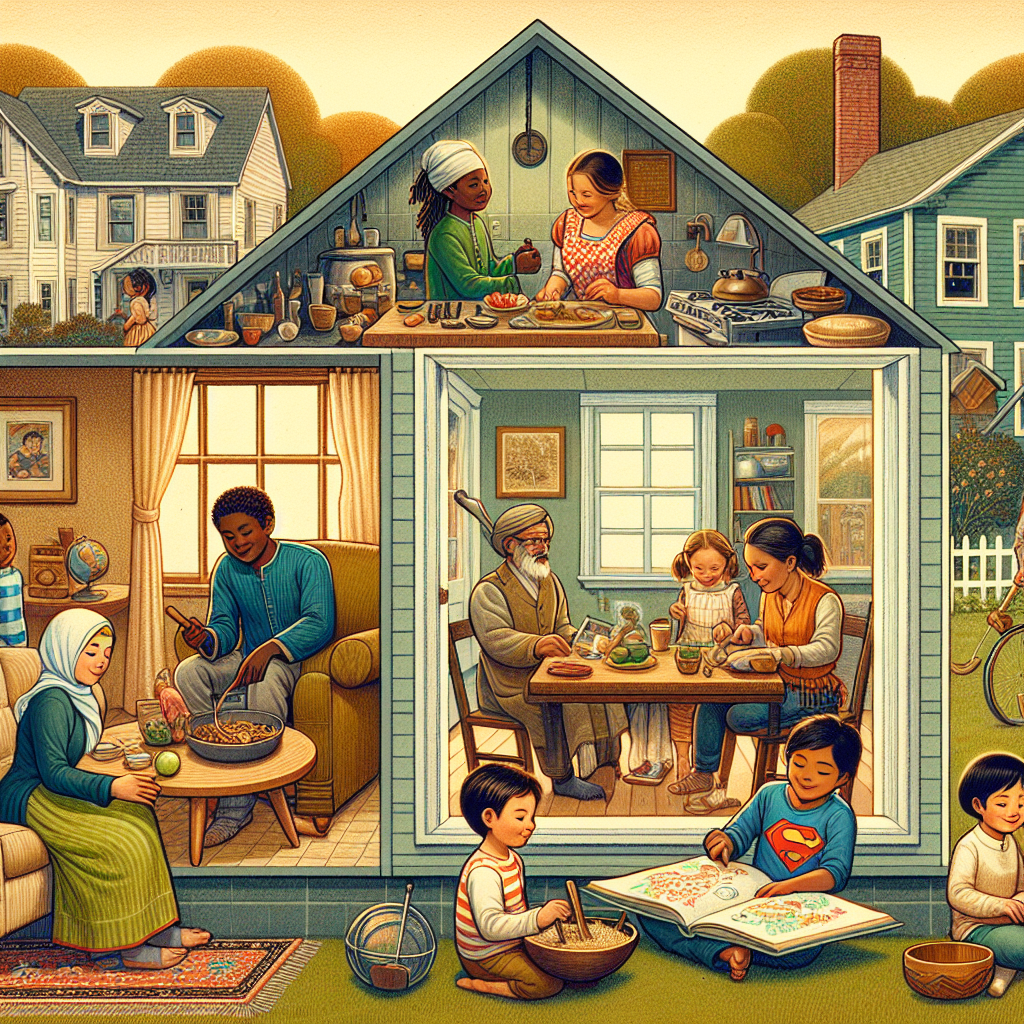
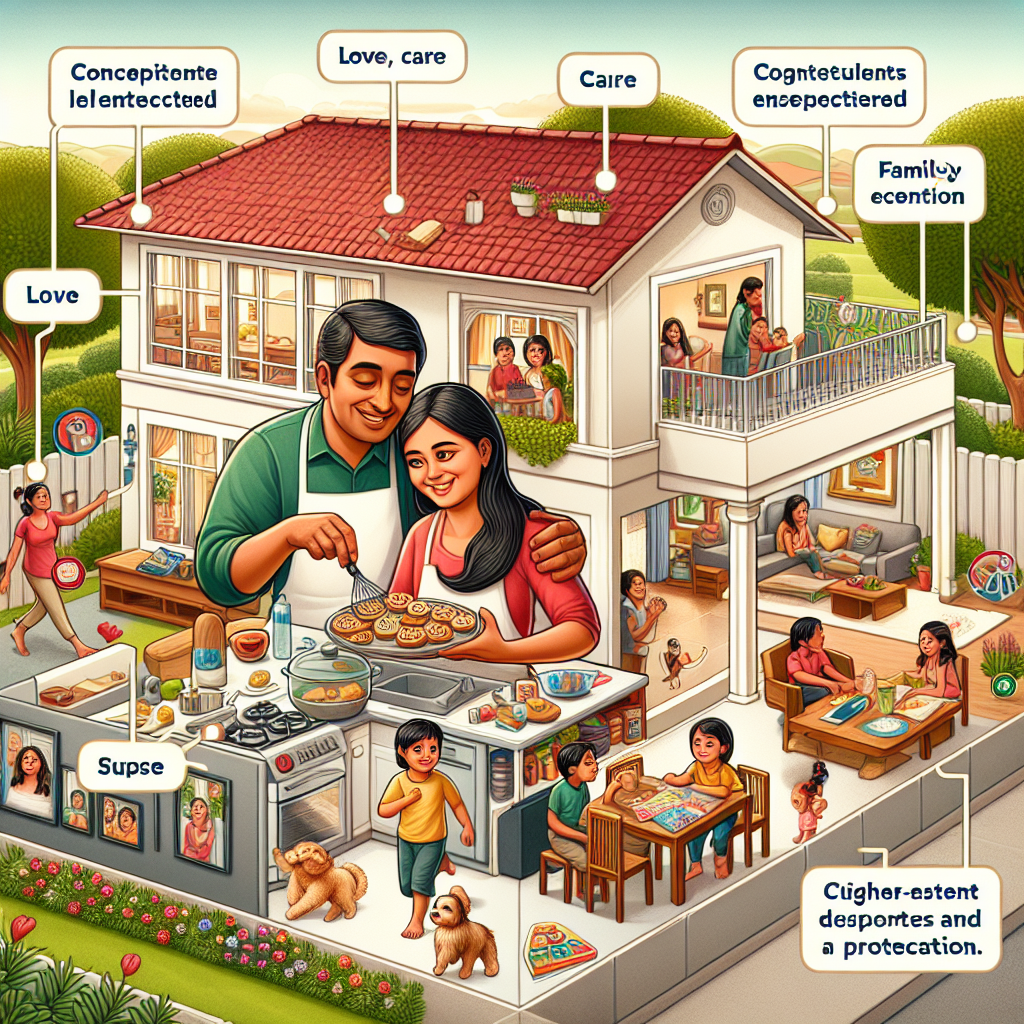

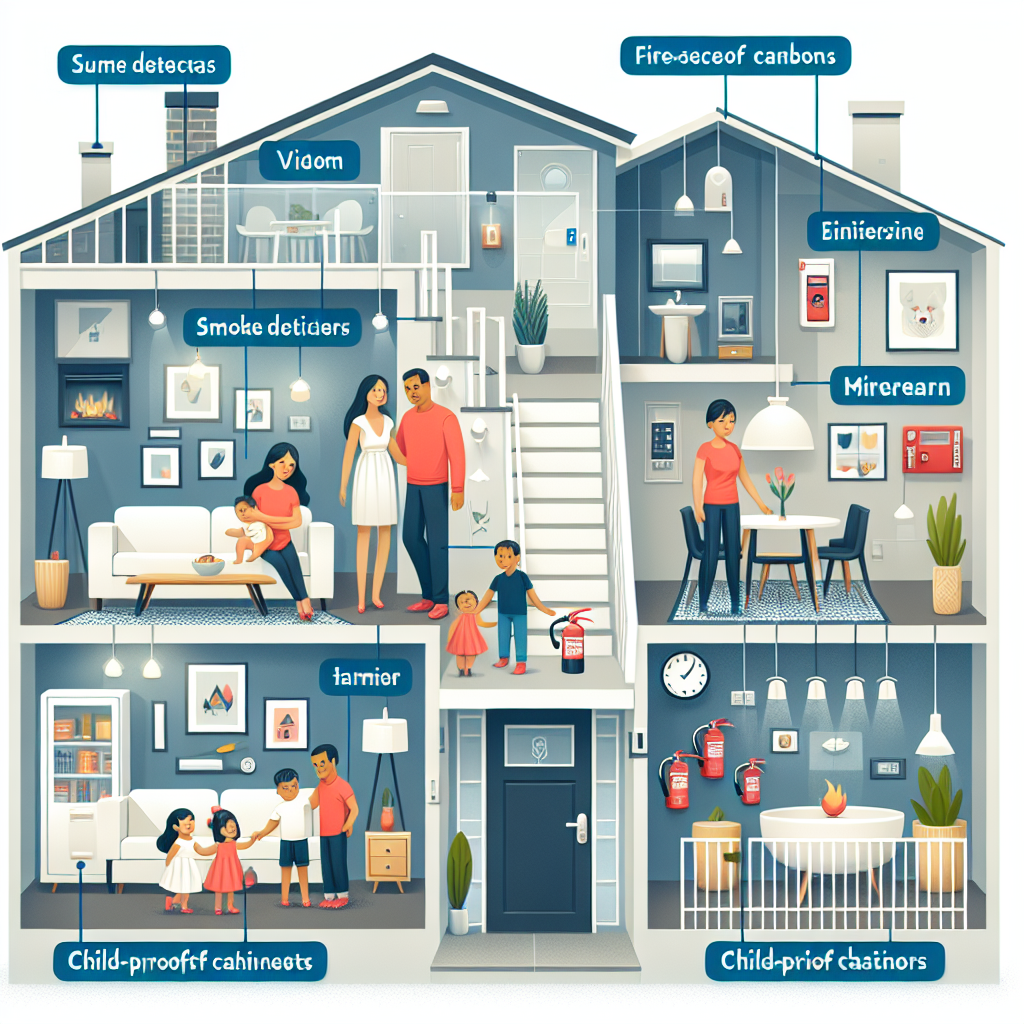
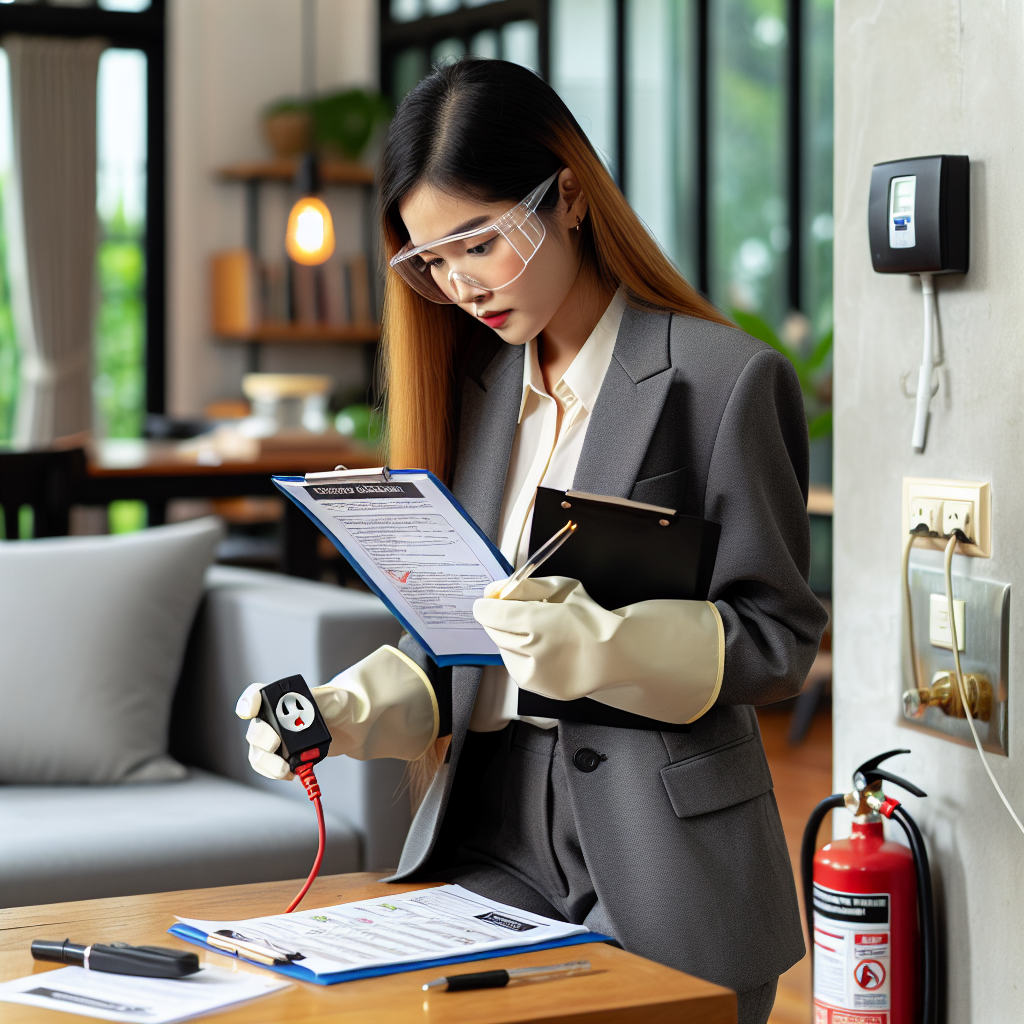
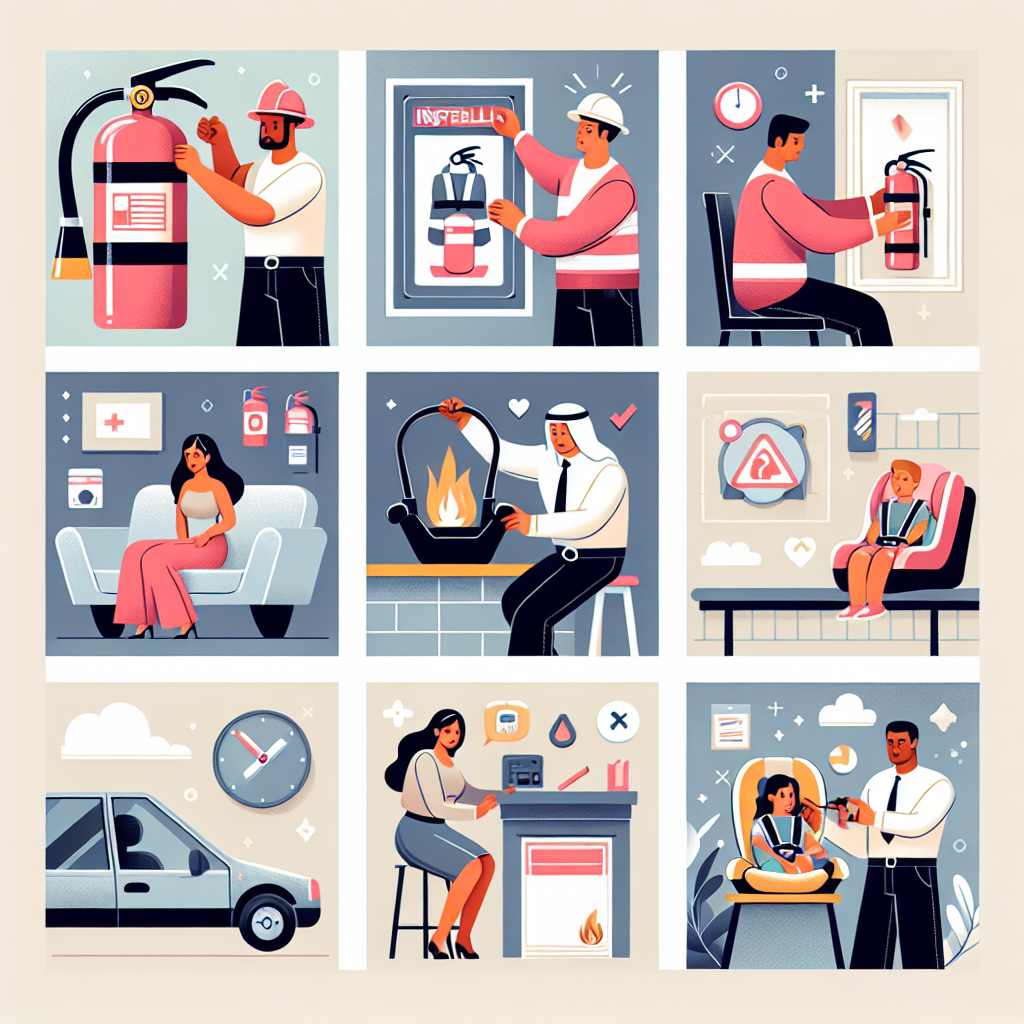
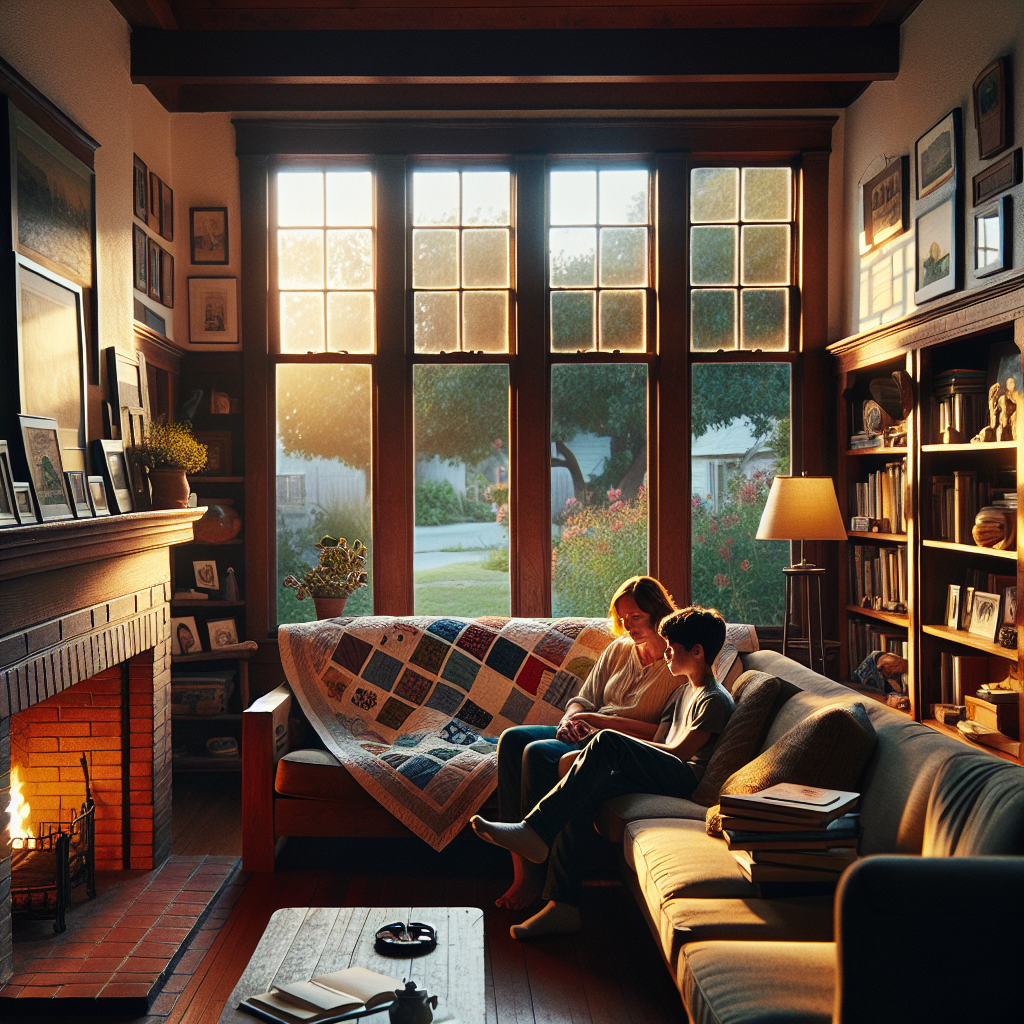










.jpg)




0 Comments